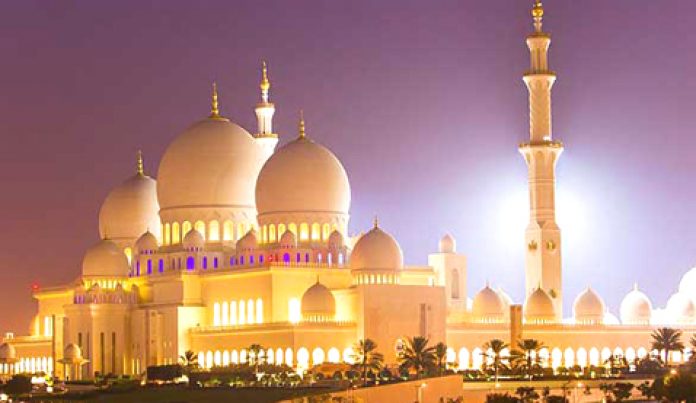
UAE to receive 8.92 million visitors from 5 top source markets by 2023
India, Saudi Arabia and UK top UAE arrivals, while Russian and Chinese source markets lead comparative growth with CAGR of 12% and 8% respectively.

India, Saudi Arabia and UK top UAE arrivals, while Russian and Chinese source markets lead comparative growth with CAGR of 12% and 8% respectively.
